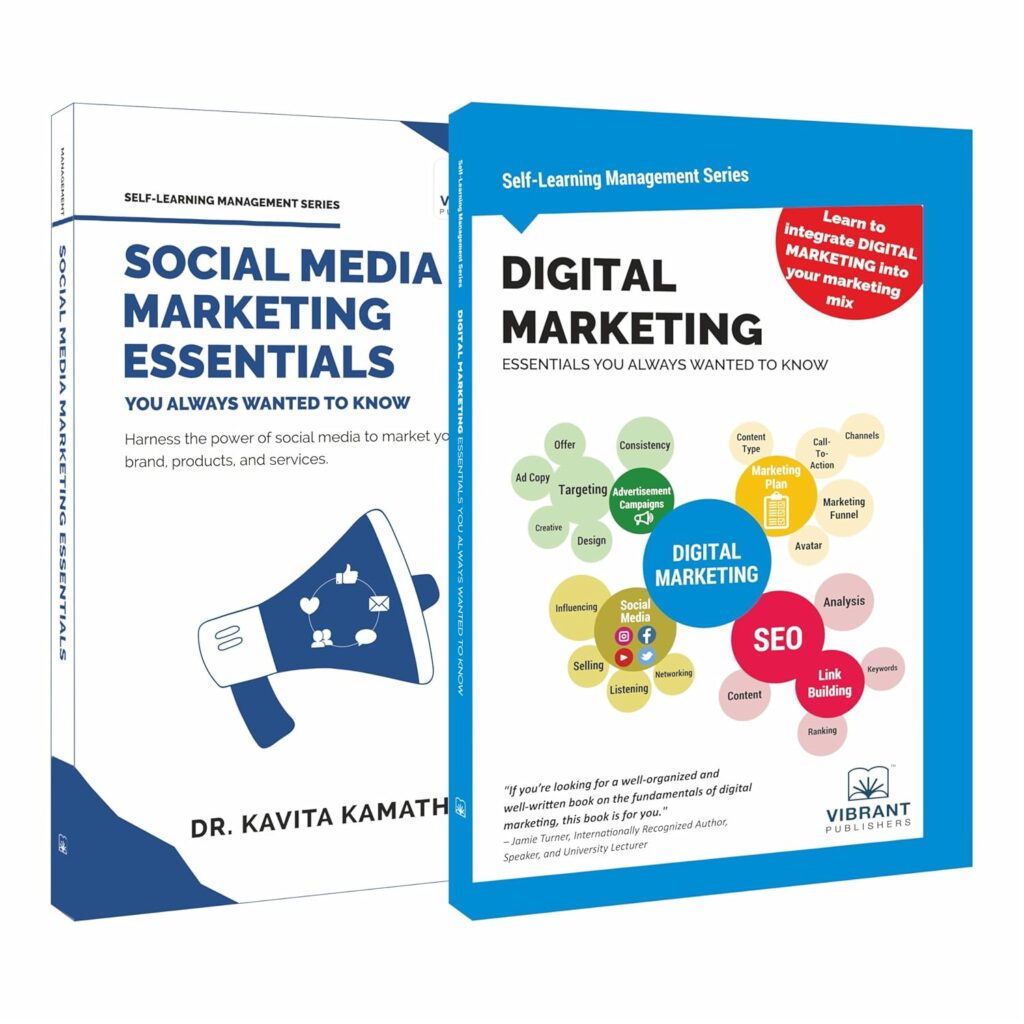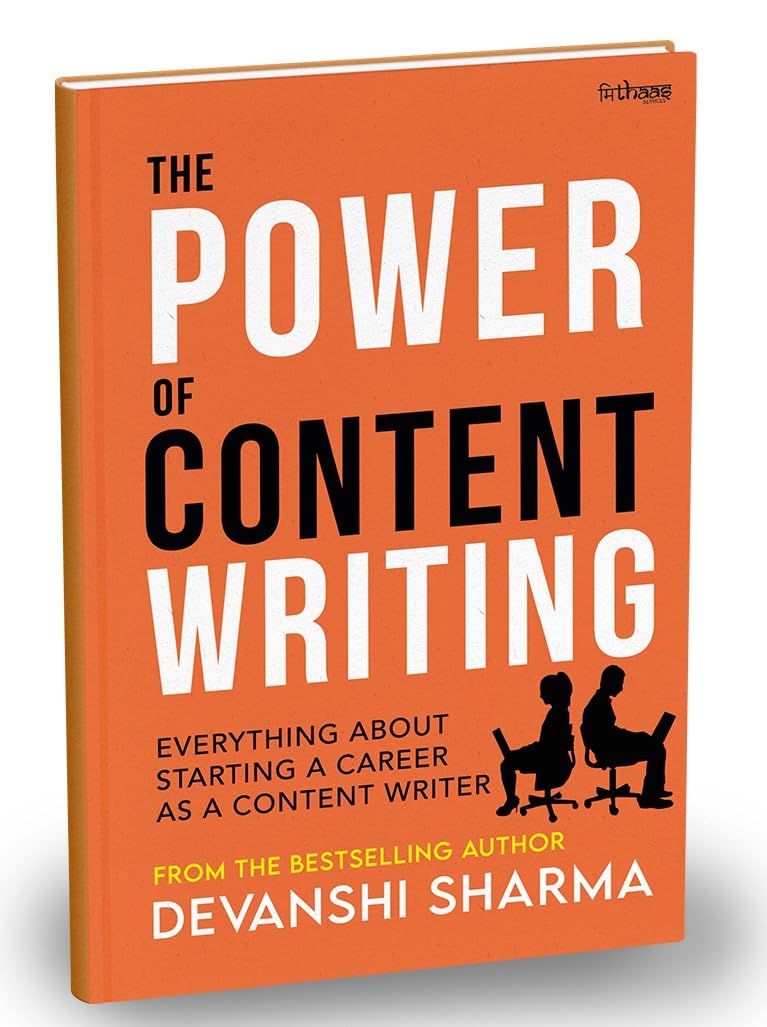It is a universal truth that in digital marketing, both the content of the website and SEO strategies are critical to ranking. But what happens when two websites have very similar content and are aimed at the same SEO keywords? It may seem like flipping a coin however Google uses complex algorithms to filter and rank such websites. Here is an elaborated explanation of how this process is done.
Table of Contents
Content Originality and Depth
Google values the sites that created fresh, comprehensive, and well-studied content. Even if two web sites share the same scope of coverage, the one that provides more in-depth analysis, practical recommendations, or viewpoints is going to be ranked higher.

Tip: Avoid duplicating content. Avoid copying information from other sources by using plagiarism check tools so that you provide fresh valuable information to the audience.
User Experience (UX)
Google also gives a lot of preference to those websites which offer a good usability to the users. Speed of the site cannot be overlooked as well as the mobile friendliness and navigation is well regarded in ranking.

Example: If two sites are offering the same content but the one that is faster to load and is mobile friendly will rank higher.
Backlink Profile
The number of links from other sites to your site, or backlinks as they are known, are still a key component in Google’s algorithm. Not the quantity but the quality and relevance of the backlinks is important for any website.
Scenario: Website A will generally rank higher with similar content to Website B because it-linking from trustworthy sources within the Website A niche, while Website B doesn’t backlinks from trustworthy sources within it’s niche.
Domain Authority
Domain authority (DA) is a measure of a website’s trustworthiness and ranking which factors in its age, backlinking and, in general, reliability. Websites with greater DA normally tend to perform better than the rest, provided they contain similar content.

Digital Marketing Combo — A Modern Marketer’s Go-To
Key Insight: Ensure you update your website and also get high quality backlinks to help improve your DA in the long run.
Engagement Metrics
Google measures how users interact with your website through metrics like:
Bounce Rate: Are users unique and do they only come to view a single page?
Time on Page: How much of your content do users actually consume, or how long do they remain engaged with your content?
Click-Through Rate (CTR): Are you able to make users click on your site after they have seen it in a search engine?
It means that the websites that are interesting to users will be ranked higher.
Use of Multimedia
Using other forms of media such as images, videos and info graphics can help to make your content much more interesting. Google prefers rich media in a site as this will help improve the experience of the client.
Pro Tip: Many multimedia files should be optimized with proper alt text and descriptions to improve the SEO.
Local SEO Signals
When both the websites are targeting the local audience, Google Business Profile, local keywords, and user reviews are the factors which matter.

Digital Marketing Strategy: An Integrated Approach to Online Marketing
Example: A website with plumbing services in Sydney with local reviews and a full Google Business Profile is going to rank higher than a generic competitor.
Freshness of Content
Google prefers websites that have recently been updated. Static websites are less preferred than dynamic ones, especially those which are frequently updated or posted.
Action Step: It is wise to update your older articles with new information and trends to remain more relevant as they continue to age.
Social Signals
Though it is not an absolute ranking factor, social media presence can still help to direct traffic and consequently, rankings. Several studies have shown that sites that adopt social media well are likely to rank well in organic search.
Schema Markup
Schema markup (structured data), with the help of which search engines will be better oriented in your content. Websites with enhanced markup (including star ratings, and FAQ) tend to get more click-through rates than normal websites and this increases their ranks.
Conclusion
When two websites contain similar content and keywords for SEO, it will rely on many factors to identify the ranking. Beyond the content and the keywords, factors such as usability, links, domain, and even analytics turn into factors that determine the outcome. By focusing on these areas and consistently improving your website, you can gain an edge over competitors.


One thought on “How Does Google Rank Two Websites with Similar Content and SEO Keywords?”